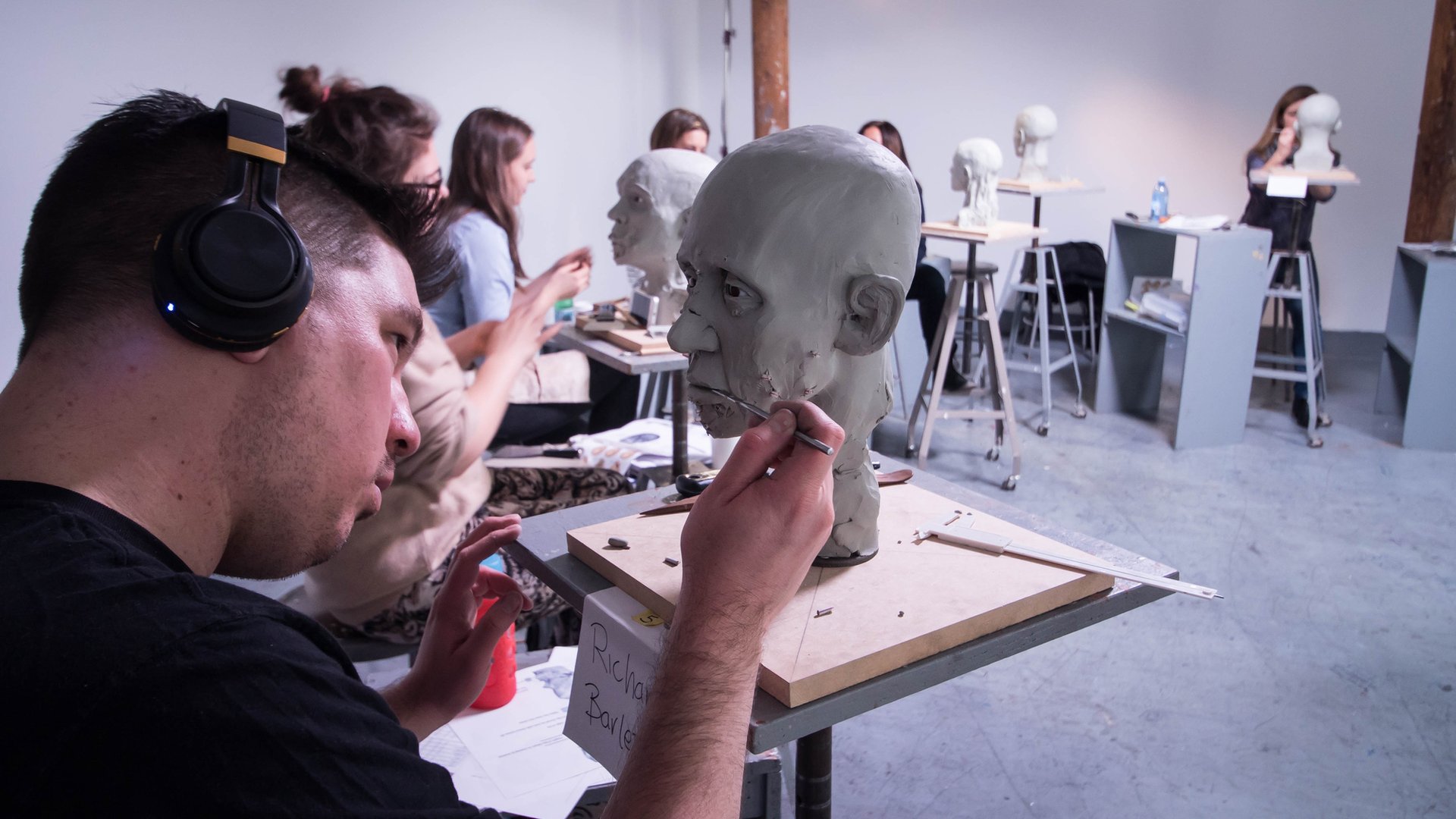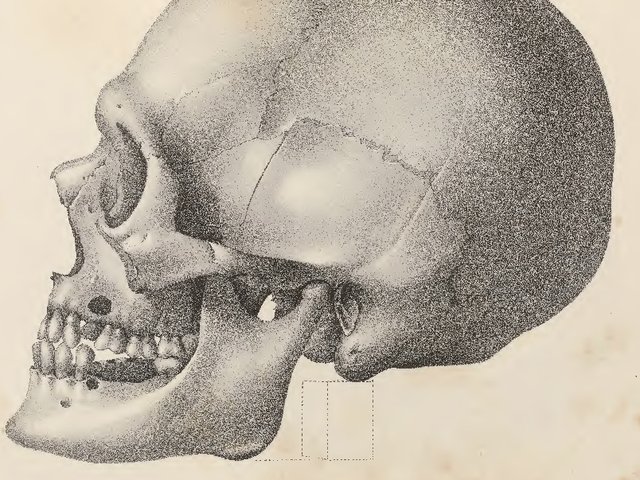The New York Academy of Art (NYAA) in the Tribeca neighbourhood of Manhattan relaunched a five-day forensic sculpture workshop where students produce clay model busts of cold-case murder victims by using 3-D printed, plaster replicas of their skulls. The class has proven so popular that John Volk, the director of the continuing studies programme at the school, told the New York Post last month that he hopes to expand the workshop into a 15-week course that will be available to school's Master students.
The university first partnered with the New York City Office of Chief Medical Examiner last year and provided the students with 11 skulls and all the victims’ known forensic and biographical information including age, height, race, hair type and points of bludgeoning. The sculpted busts were displayed on the windows of the university “in a last-ditch effort to identify unknown homicide victims, after methods such as fingerprinting, dental records and DNA testing failed to yield results”, Bradley J. Adams, the director of forensic anthropology for the Office of the City Medical Examiner, said in a press release.

Last year, one of the skulls led to a positive DNA identification, and the match was further confirmed by a family member of the subject. “Someone saw a photo of [a bust] and contacted us to say that they believed it was their relative”, Angharad Coates, the director of communications at the NYAA, told The Art Newspaper, “Cases like this show the intensive anatomical training that we offer to our students.”
This year, the students in the workshop produced 15 busts. The skulls came from a variety of cold-case cases around the US. Two of the skulls belonged to men who fought in the civil war and were discovered in the late 1800s, while six came from the New York metro area, including one that belonged to a middle-aged black male found in 2015 off the Belt Parkway highway that connects Brooklyn and Queens.
The busts took around three days to complete, and were displayed on the windows of the university that face Franklin Street last month. Images of the finished busts will be added to the National Missing and Unidentified Persons System (NamUS) online database, and will be available to the New York City Police Department.



